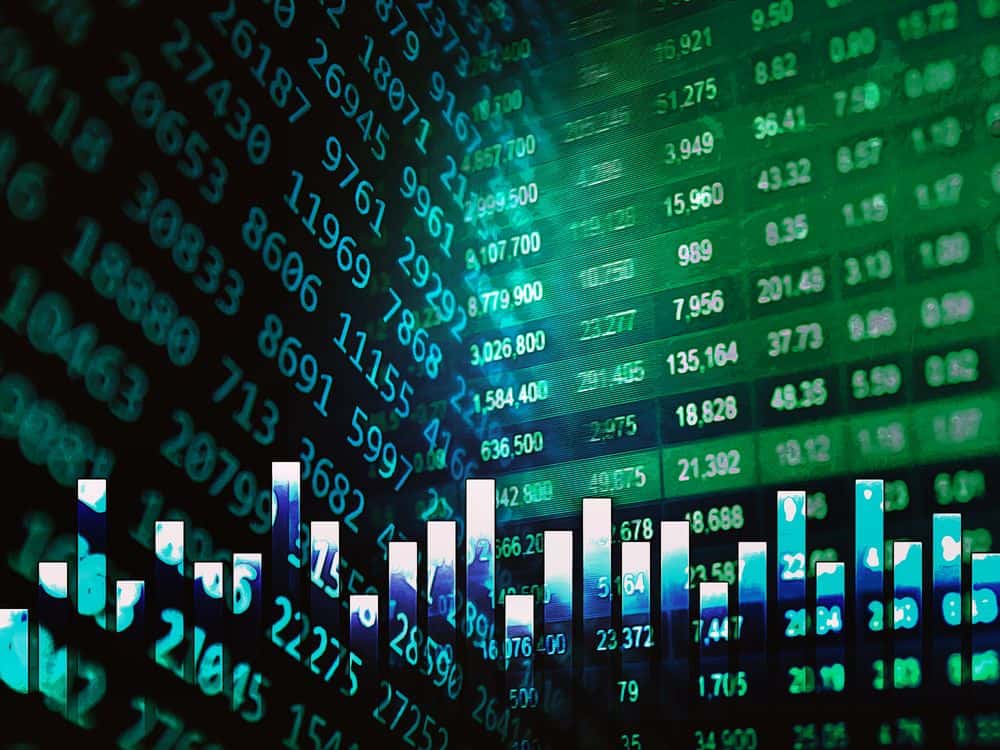The S&P 500 reversed lower in volatile trading on Tuesday, slipping from a record high as rising bond yields kept investors on edge.
The broad equity benchmark erased a 0.4% gain to close 0.1% lower at 3,932.59. The tech-heavy Nasdaq Composite fell 0.3% to 14,047.50. The Dow Jones Industrial Average closed up 64.35 points, or 0.2%, to 31,522.75, eking out a record close.
The 10-year Treasury yield jumped 9 basis points Tuesday to top 1.30%, a level not seen since February 2020. The 30-year rate also hit its highest level in a year. Many on Wall Street believe that surging interest rates could make the high-flying equity market less attractive, while posing a threat to sectors like tech that have benefited from the low-rate environment.
“Higher yields, while good for banks, are hitting the bond surrogate sectors like REIT’s, Utilities and Staples,” said Art Hogan, National Securities chief market strategist. “The market can digest rising yields, especially when they are going up for the right reason, but not when they go up in a linear fashion.”
The benchmark 10-year Treasury yield, used as a barometer for mortgages, student loans and credit card annual percentage rates, wallowed around 0.6% for much of 2020. Many worry that a rebound in rates could hinder the economic recovery from the pandemic-induced recession as companies and consumers may find it increasingly expensive to borrow. Others wonder if an deluge of fiscal stimulus could spark a rise in prices after a decade of dormant inflation.
Energy was the best-performing sector, rising 2.3% as a deep freeze in the South sparked a rally in oil prices and put West Texas Intermediate crude futures above $60 a barrel for the first time in over a year.
The market has registered solid gains this month thanks to the rollout of the Covid-19 vaccine, economic reopening and expectations for more fiscal stimulus. The Dow has gained 5.1% in February, while the S&P 500 and the Nasdaq have rallied 5.9% and 7.5%, respectively. The S&P 500 has raked in ten record closes in 2021.
Earlier on Tuesday, the major averages hit new highs after a market volatility gauge fell below a key threshold, paving the way for more buying from quant funds.
The Cboe Volatility Index, widely viewed as Wall Street’s best fear gauge, broke below 20 to settle at 19.97 on Friday, marking the first significant breach of the threshold since the pandemic-induced sell-off began in February 2020. However, stocks reversed lower as the VIX edged higher again. The gauge rose above 21.
The crack of the 20 level is viewed by some on Wall Street as a big “risk on” signal, which could trigger buying from algorithmic traders and other big players. The gauge last traded up about one point to 21 on Tuesday morning.
“We believe a sustained move below 20 will be positive for risk markets,” said Tom Lee, FundStrat’s co-founder and head of research. “It will be a sign that the systemic fear that gripped markets in 2020 is finally fading.”
Lee, a CNBC contributor, added that receding fear in the market is usually followed by buying among systematic and quant funds. Should quantitative funds herald a retreating VIX as a positive sign, Lee believes that buying could extend the current rally.

